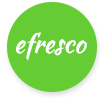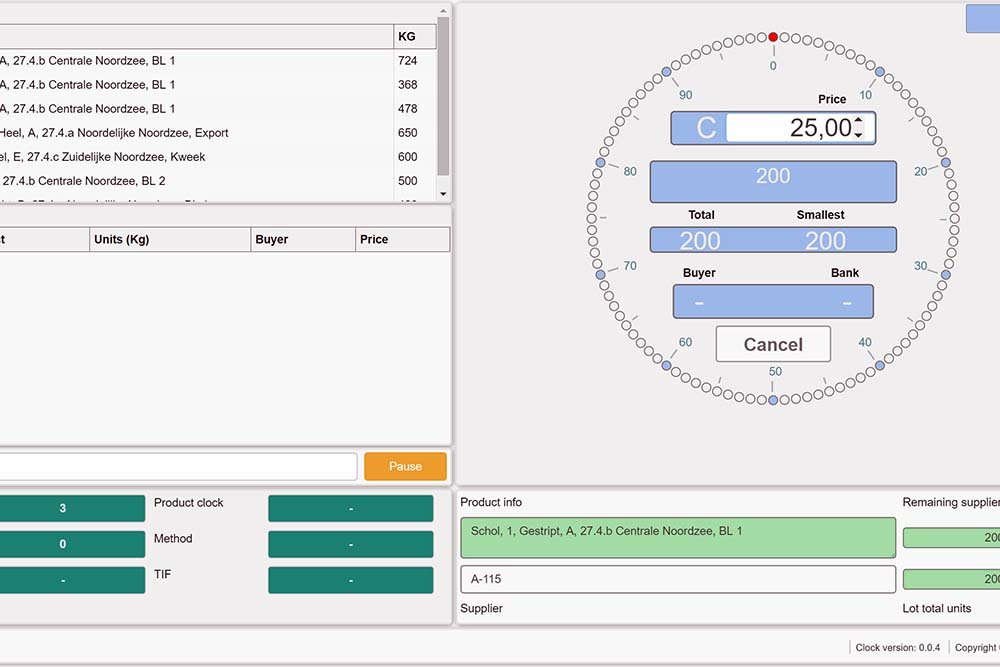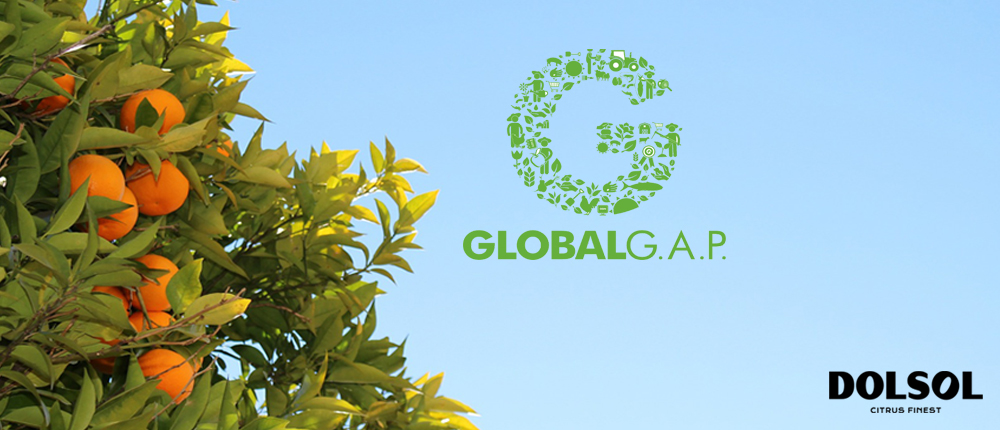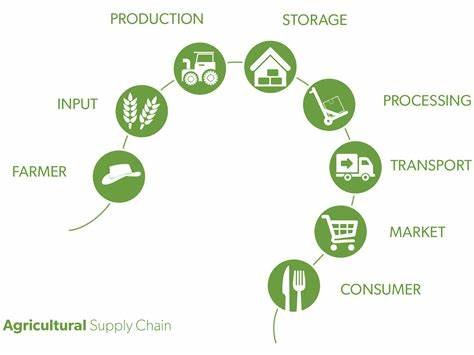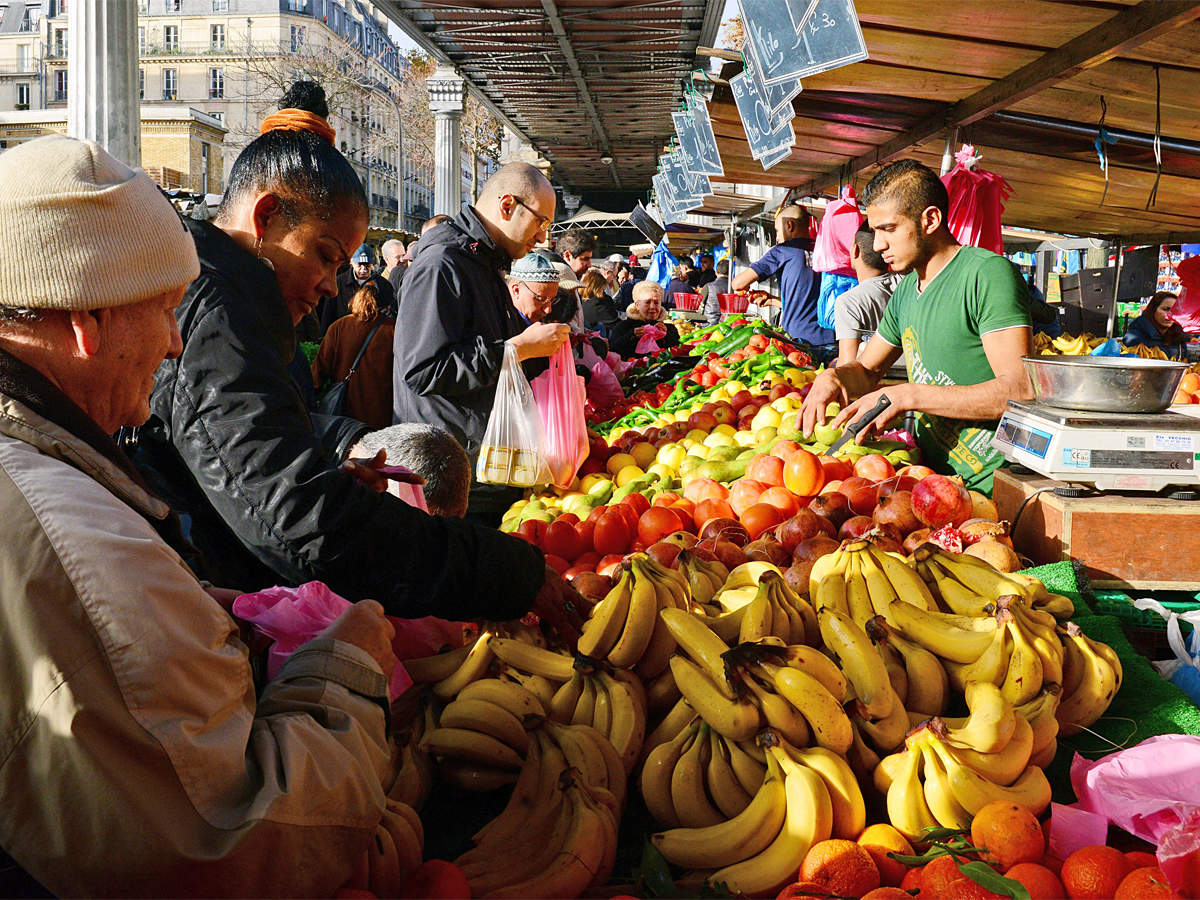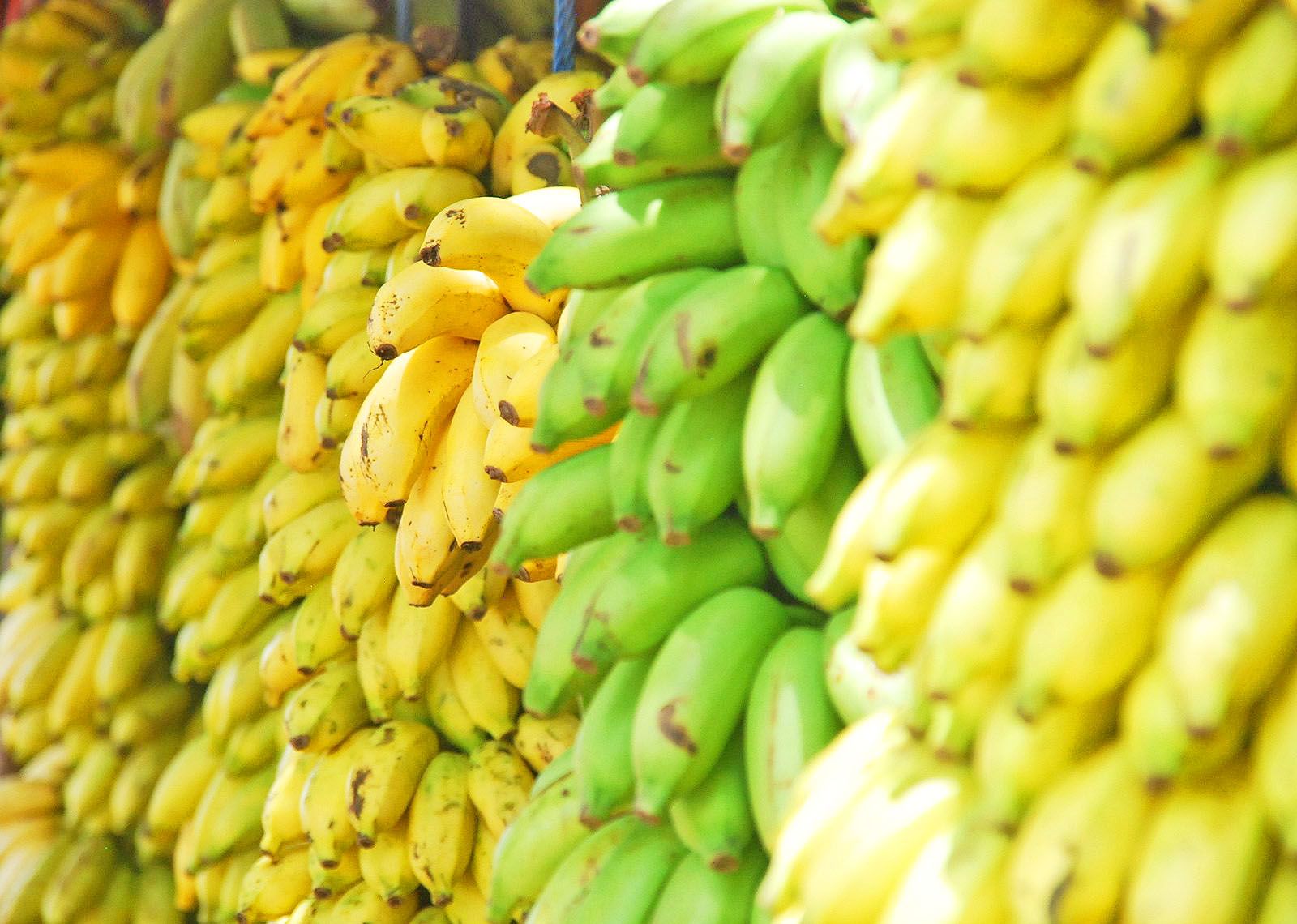private treaty. The most common method of selling perishable produce is by private treaty between a seller and buyer. The main physical difference between this method and auctioning is that there is no auction hall. The farmer/traders with produce for sale rent a market stall from a market authority for the day, week or month dependent on anticipated volume and frequency of visits to the market. Alternatively, they may sell directly from the back of the truck or pick-up in which they brought produce.
They display their produce on the stall or on the tail gate of the truck and await an offer from an interested potential buyer. The bargaining begins and depending on the supply and demand situation, coupled with the quality of the sample, the private bargaining continues until an agreement is made between the two parties. The success of this system from the farmer's or trader's point of view is largely dependent on his knowledge of the current market supply and price situation
.
Commission sales The procedure adopted for commission sales is similar to that used in a private treaty agreement, except that the producer is not there in person. The commission agent, who does not have title to the goods, acts on the producers' behalf to try and obtain the best price, for which he earns a percentage commission. For this system to work there must be a high level of trust between the producer and agent. (Often the agent may be a relative of the farmer or be a larger-scale producer from the same village who owns or has access to transport facilities.
Actions A common alternative method for selling produce is by auction. This aims to attract a large number of buyers who wish to purchase goods at a competitive price. The auction method means that the auctioneer starts at a minimum price, usually bearing some relation to the price prevailing at the previous day's auction. If there is no bid, the "lot" is withdrawn from the sale. It may be taken away from the market or be sold by the farmer or trader (or in some cases, the auctioneer) in a farmers' market on a private treaty basis for the best possible price, bearing in mind the supply and current price prevailing at the time.
.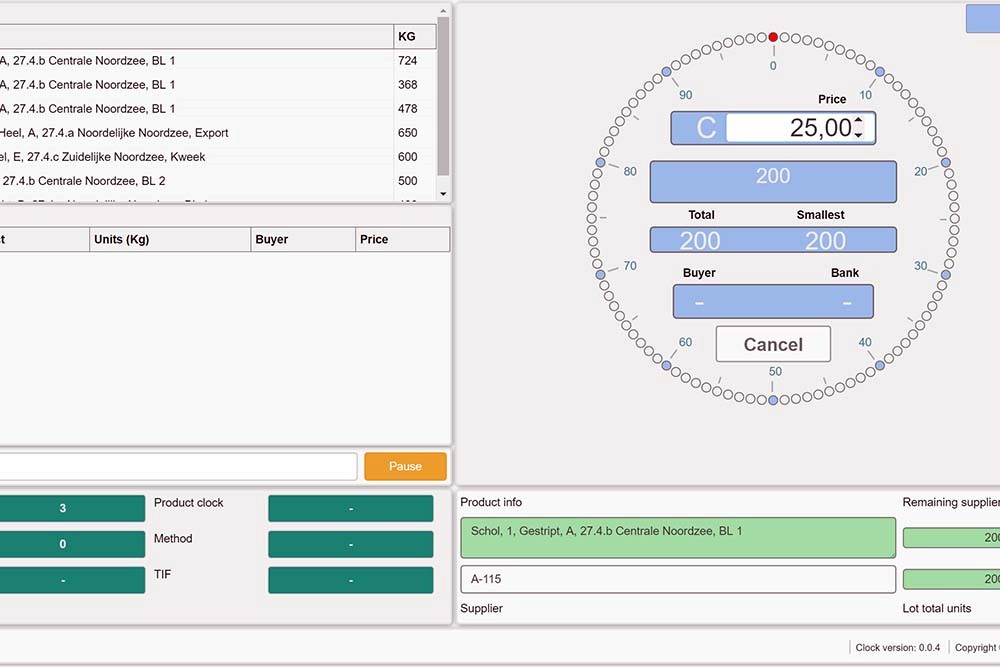
On the other hand, if the opening price is taken up by a buyer at the auction, followed in turn by other buyers, the bidding proceeds until the rising price for the "lot" eliminates all but the last bidder, who then becomes the owner of the produce concerned. Sophisticated variants of the auction system use a clock to indicate how the prices are changing.
Preferred system Which sales method is adopted will depend on local custom and what type of produce is being sold. It is not uncommon to have a number of methods operating at the same market. Private treaty is the most flexible method, requiring the minimum of management and is typically adopted for the sale of small lots, particularly vegetables. Auctions are almost always used in the sale of livestock and frequently for the sale of fish. Fruit can also be sold at auction, particularly if some form of grading system has been instituted.
The auction system has the advantage that it can avoid the development of wholesalers' rings and, if well organized, can facilitate the sales of a large number of very small scale consignments. However, the problems of introducing an entirely new system of sales should not be minimised and if an auction is introduced the market authority is likely to experience some difficulties with the farmers and traders, as well as the wholesalers, in the months following commencement of trading.
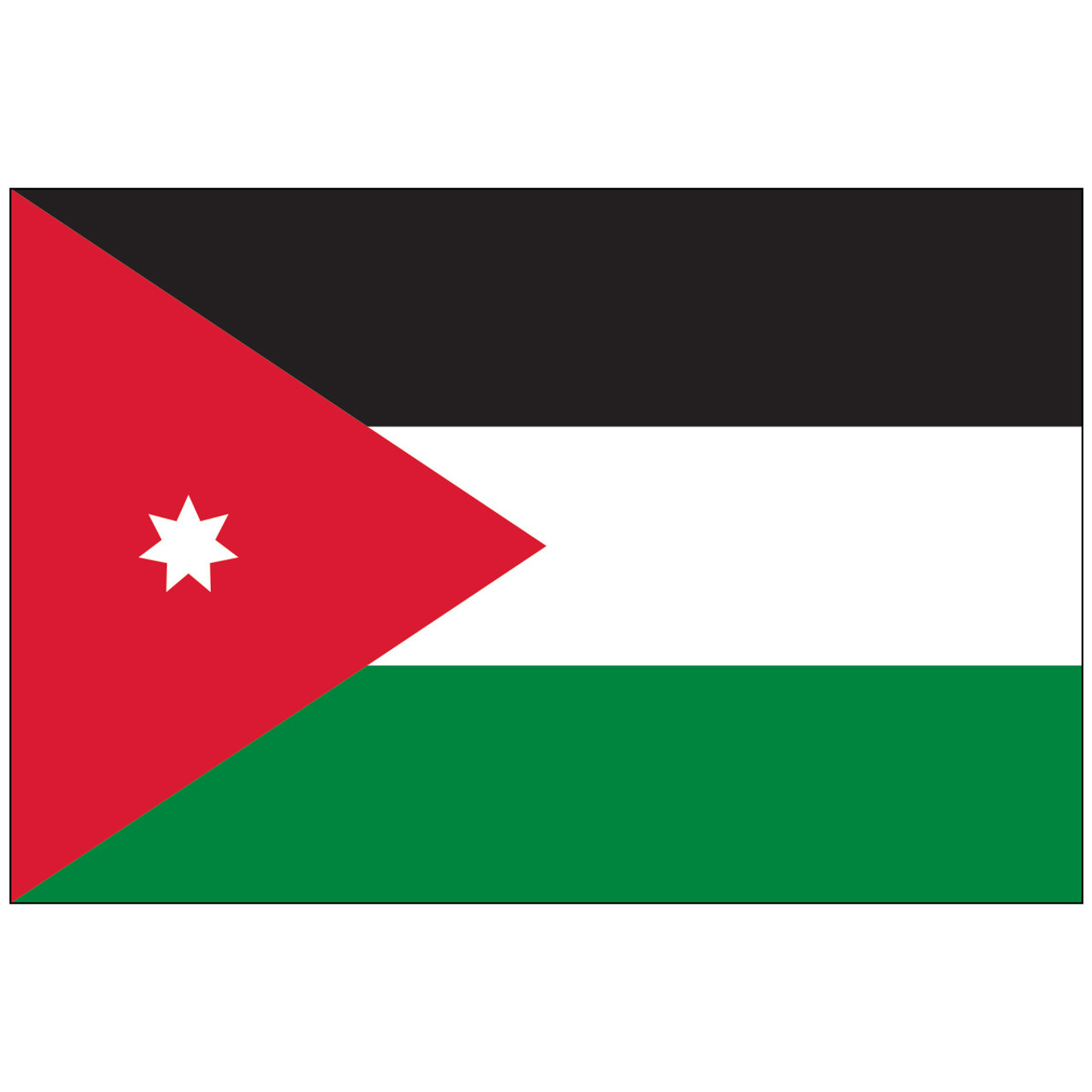 English
English 